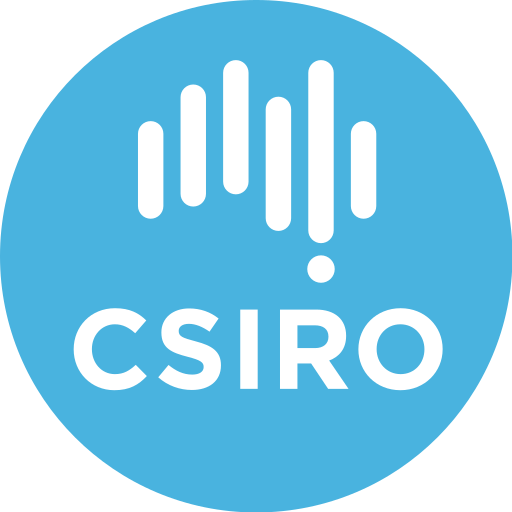Keyword
Fluorescence Microscopes
2 record(s)
Type of resources
Topics
Keywords
Provided by
Formats
Update frequencies
Status
draft
-
There have been many individual phytoplankton datasets collected across Australia since the mid 1900s, but most are unavailable to the research community. We have searched archives, contacted researchers, and scanned the primary and grey literature to collate 3,665,221 records of marine phytoplankton species from Australian waters from 1844 to the present. Many of these are small datasets collected for local questions, but combined they provide over 170 years of data on phytoplankton communities in Australian waters. Units and taxonomy have been standardised, obviously erroneous data removed, and all metadata included. We have lodged this dataset with the Australian Ocean Data Network (http://imos.aodn.org.au/), allowing public access. The Australian Phytoplankton Database will be invaluable for global change studies, as it allows analysis of ecological indicators of climate change and eutrophication (e.g., changes in distribution; diatom:dinoflagellate ratios). In addition, the standardised conversion of abundance records to biomass provides modellers with quantifiable data to initialise and validate ecosystem models of lower marine trophic levels.
-
The aim of the project is to examine how climate forcing influences nutrient, plankton and nekton dynamics across the continental shelf off Perth, Western Australia, with application to fisheries, management of marine protected areas and coastal processes. Objectives are: - Describe onshore-offshore biophysical ocean structure, its seasonal cycle and interannual variability based on remote sensing data and monitoring of temperature, salinity, nutrients, phytoplankton (chlorophyll and other pigments) and zooplankton based on monthly sampling off Hillarys; micronekton from quarterly cruises. - Measure primary productivity and parameters related to zooplankton grazing and productivity and food web links for key zooplankton species at selected stations/productivity regimes. - Use Hillarys transect temperature and chlorophyll data for validation of satellite derived surface temperatures and ocean colour (linkage with coastal project). - Apply acoustic methods to monitor zooplankton and micronekton and assess fine-scale distributions based on Tracor Acoustic Profiling System (TAPS) (6 frequencies, 300 kHz - 3 megaHz) and underway 38 and 120kHz frequencies; assess zooplankton and micronekton scattering strength and develop multi-frequency discrimination methods; - Explore optimised long term biophysical sampling strategies using remote sensing, acoustics and associated environmental variables for moored and other long-term monitoring linking process understanding with the numerical and empirical modelling. - Measure currents at a mooring site at 80 m depth off Perth and provide the data and oceanic process understanding for the numerical models. - Assess diet and nutritional status of western rock lobster phyllosoma with lipid biomarkers. - Input data and collaborate in development of biophysical NPZ models for coastal zone and shelf (modelling project); preliminary modelling of micronecton/necton.
